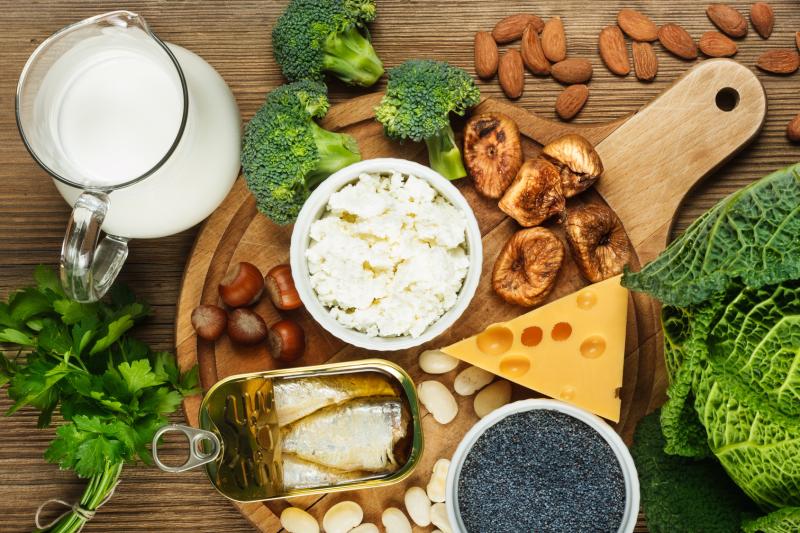 While dairy consumption is low in Asia, there are many other foods that are rich in memory-enhancing calcium
While dairy consumption is low in Asia, there are many other foods that are rich in memory-enhancing calciumObesity status appears to mediate the relationship between dietary calcium and incident cardiovascular disease (CVD), suggests a Korean study.
“Although dietary calcium intake is associated with a risk of CVD, it has not been studied extensively in Asian populations,” the investigators said. “We provide evidence for developing dietary calcium intake guidelines for Koreans, allowing for the effects of obesity.”
This study assessed the association between dietary calcium intake and CVD among Korean adults, as well as the effect of obesity on this relationship. A total of 9,186 participants were included in the analysis after excluding 844 individuals with prevalent CVD or cancer or with implausible energy intake. A validated semi-quantitative food frequency questionnaire was used to estimate nutrient intake, including dietary calcium.
CVDs included were as follows: myocardial infarction, coronary artery disease, and stroke as per the World Health Organization criteria. Multivariate-adjusted hazard ratios (HRs) and 95 percent confidence intervals (CIs) were calculated using Cox proportional hazard models.
Increasing quintiles of dietary calcium intake in the fully adjusted model showed reduced HRs of CVD: 1.0 (reference), 0.8 (95 percent CI, 0.66–1.10), 0.77 (95 percent CI, 0.58–1.02), 0.59 (95 percent CI, 0.42–0.83), and 0.72 (95 percent CI, 0.48–1.08). A significant linear trend was observed (ptrend=0.04).
This association, however, varied depending on the obesity status. For instance, high dietary calcium intake correlated with a lower risk of CVD among nonobese individuals (body mass index [BMI] <25 kg/m2; ptrend=0.02), but such link was not significant among obese participants (BMI ≥25 kg/m2; ptrend=0.88).